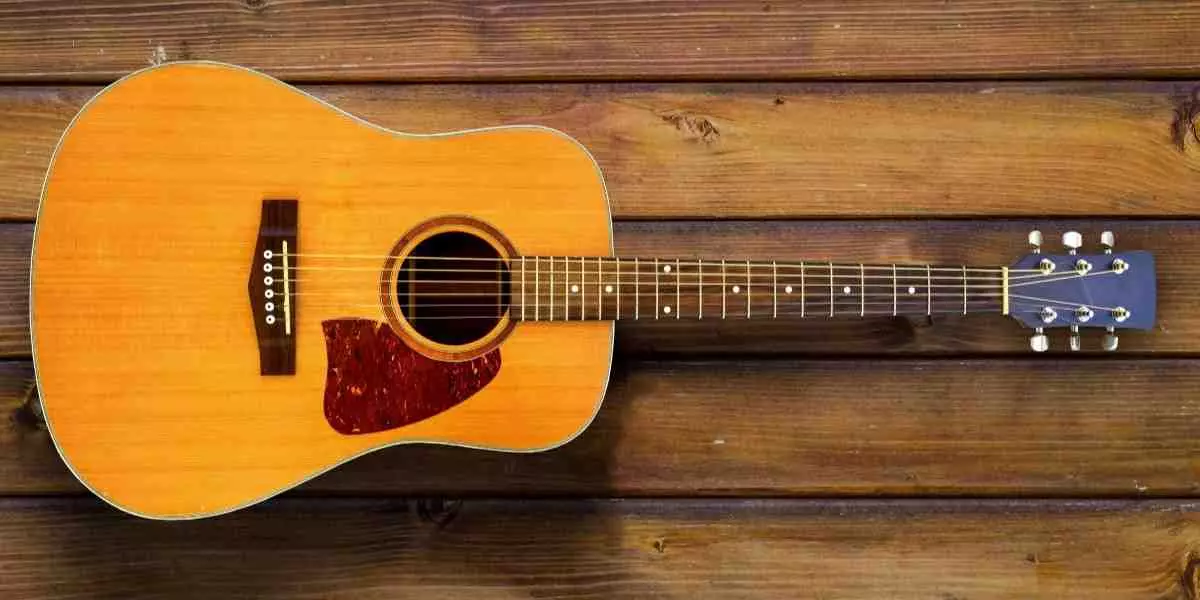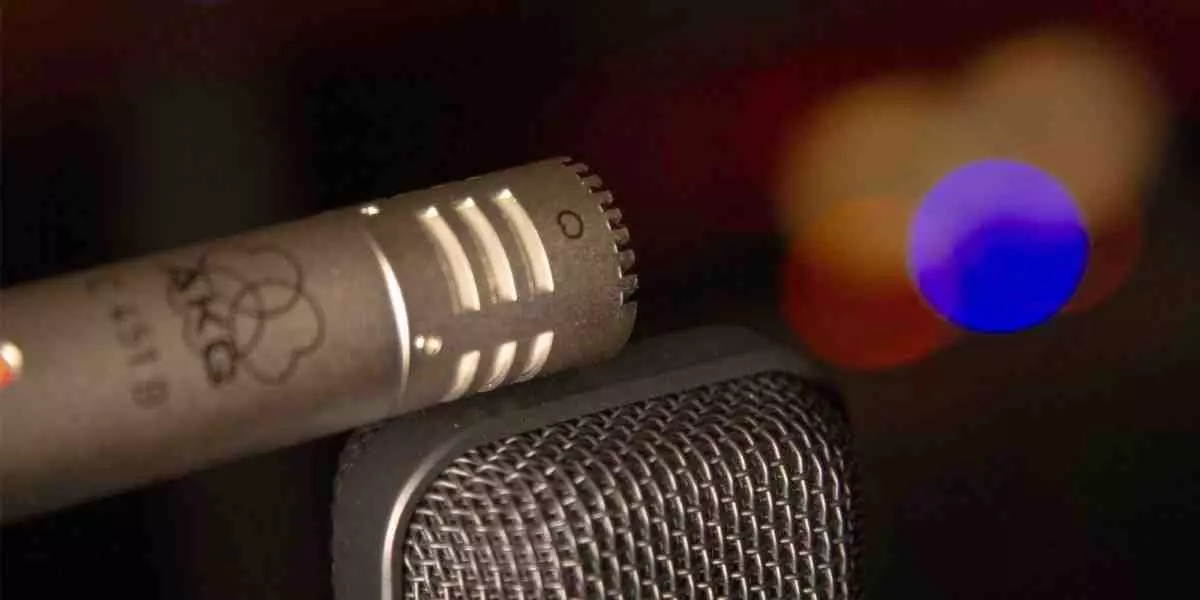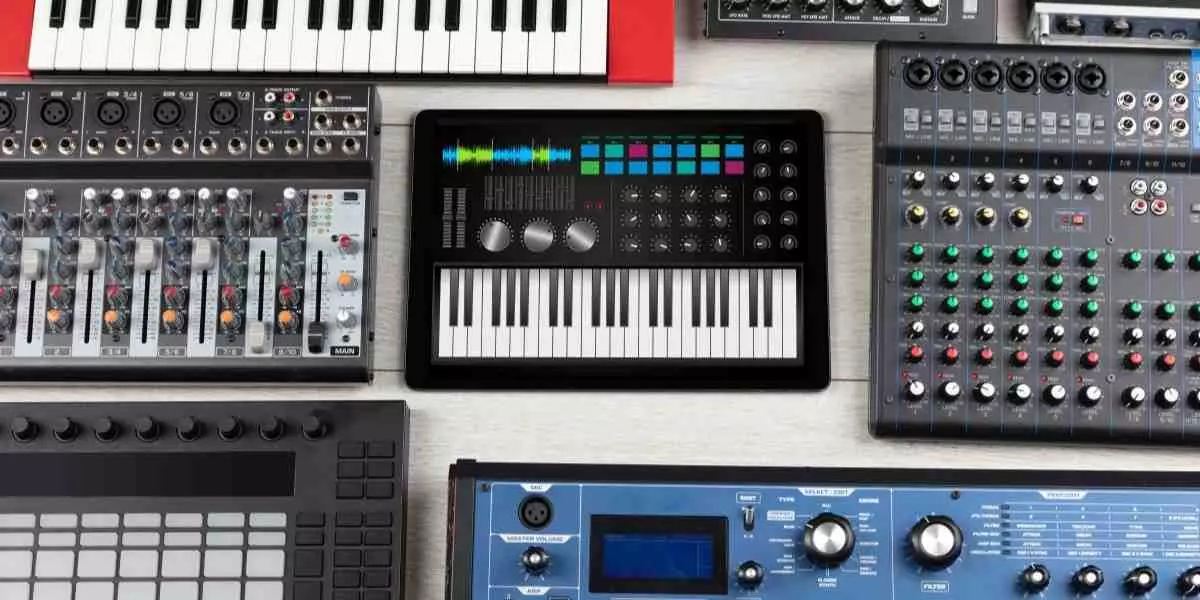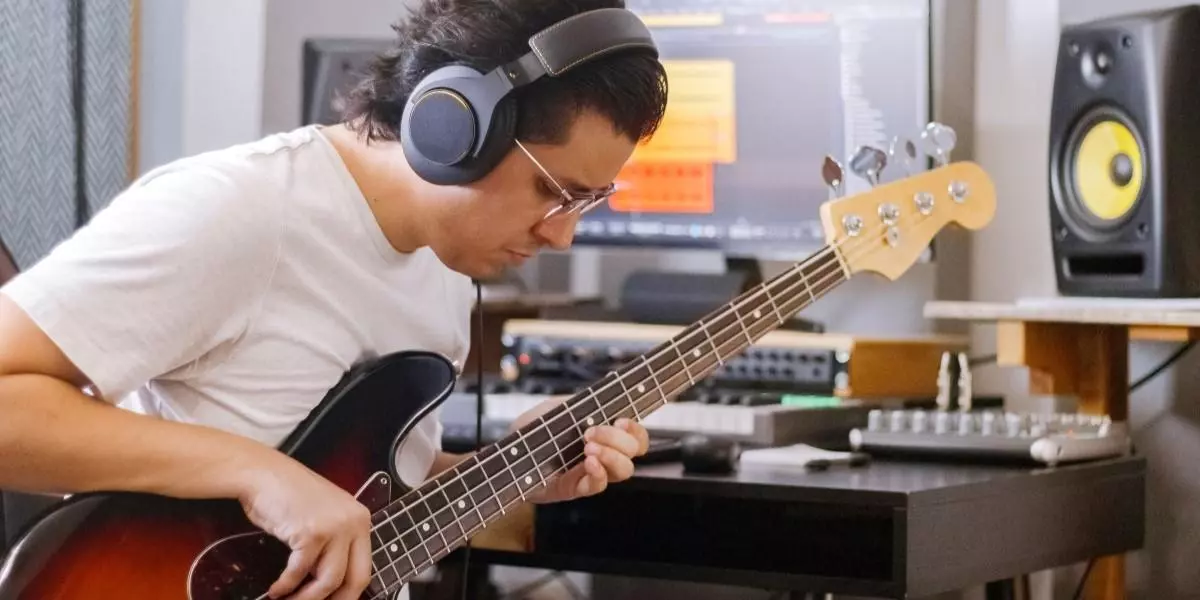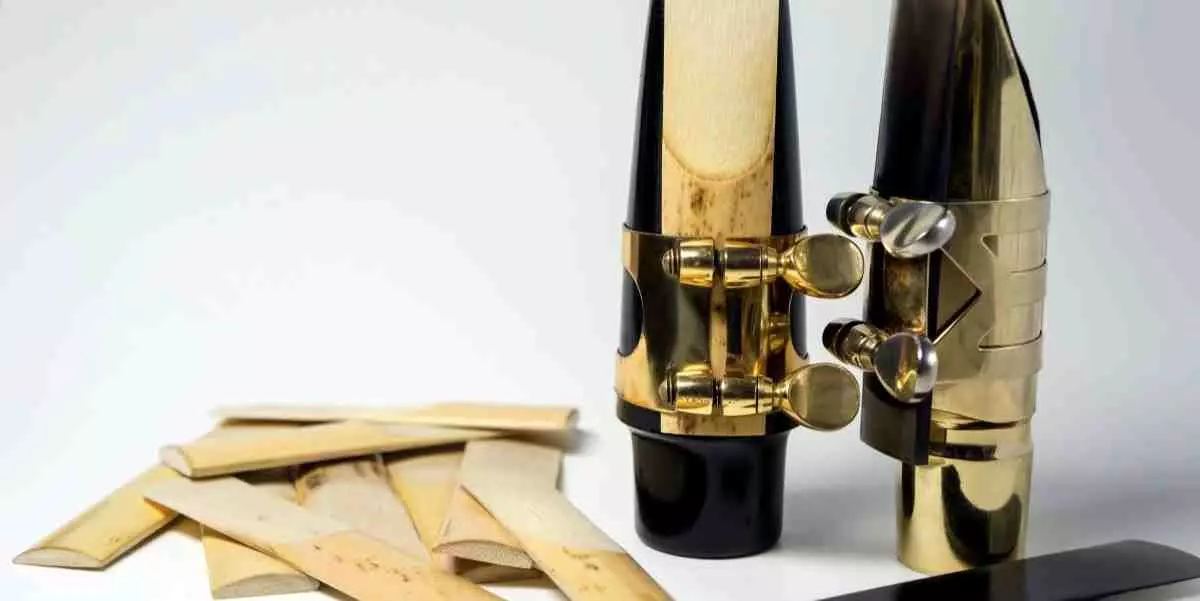DJing With Tempo Changes and Metric Modulation
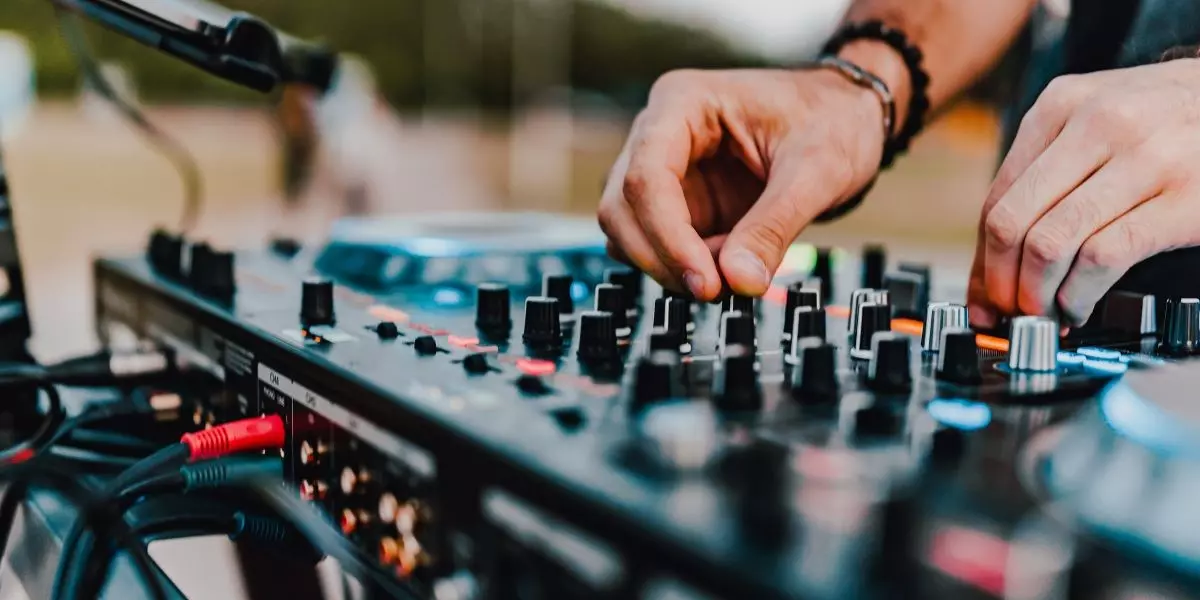
In the world of electronic music, genres often rely very strongly on their tempo as a defining trait. This is somewhat uncharacteristic of music in general; Rock & Roll or Jazz or Hip-Hop are less rigidly defined by such technical attributes as they are the form or content of their message.
But in much of electronic music, the resounding message is, simply: “Dance.”
As such, the boundaries created by tempo ranges and specific rhythms are an inherent and immutable part of what delineates the hundreds (if not thousands) of subgenres of electronic music. House lives at 128BPM; Drum & Bass thrives at or above 170BPM; Trap and Dubstep and other relatively novel subgenres occupy that dualistic space of half-time tempos that can be interpreted in wildly different ways on the dancefloor.
With this article I hope to shed some light on an incredibly useful rhythmic technique – one borne of music theory and simple math, and employed heavily by musicians in such technical genres as Jazz, Metal and Progressive Rock. But make no mistake, metric modulation has a place in dance music as well, and successfully pulling it off in a DJ set is a technical feat that can blindside, confound and absolutely thrill your audience.
As DJs, our job is to curate: To collect sounds and songs with shared commonality but distinct elements that evoke different feelings and expressions of physicality on the dancefloor, into a cohesive set. In my own sets, I’ve always strived to not only steadily ramp up the music’s energy level, but to tell a story that ebbs and flows, drifting from emotionally introspective moments to aggression that urges – no, demands - an explosion of movement on the dancefloor.
Musicologists like to rouse the uninitiated in lectures with a simple question: “Why do we find music interesting?” The simple answer, backed by psychology, is something of a ‘eureka’ moment: “Because it defies or rewards our expectations.”
How many guitar solos have had you cock your neck, thinking, “Well I didn’t expect that” at a particular modal inflection? Or to bring it back to electronic music, how is it that ‘the drop’ – that moment where carefully-built energy explodes with release – moves you so strongly? Because of a sudden or otherwise unexpected shift in the energy level, and the feeling it induced.
There is plenty of material in just about any given electronic genre to manipulate the energy level of a dancefloor without ever changing tempo. The staying power of certain rhythms, like two-step Garage or a simple quarter-note House beat, is a testament to their power. Myself, I am a long-time disciple of Drum & Bass – that belligerent, instigating monster that dwells around 174BPM, causing terminal gurning and rug-cutting dance moves for nearly three generations. I grew up playing along to the classic breakbeats on a drum kit, and I crave pummelling two-step rhythms and twisty filter-swept basslines. But the more music I consume and the more sets I curate, the more I find myself foraying into less-familiar territory; the stories I tell with my sets enter new and exciting chapters, hopefully defying the audience to dance to something new and unforeseen. After all, that’s all of DJing – and indeed all of music, isn’t it?
Given that tempo is an innate, defining attribute of any given electronic genre, and that manipulating energy levels is an inherent part of curating a distinctive set, it follows that deploying tempo changes in a DJ set can be a strikingly effective way to not only set yourself apart as a DJ, but to bridge genre communities and garner favour among new listeners. I’ve had numerous friends tell me, “I never would have thought you’d get me to dance to Drum & Bass” after unexpectedly dropping some in the middle of a House set.
There are a few ways to change tempo mid-set, some more seamless than others.
The simplest is to find tracks that have tempo changes ‘baked in’, for example a tune that starts out as House, but during its breakdown phase very noticeably slows down or speeds up to another tempo. These songs are pretty common, and I think it’s a good idea to keep a little playlist of them in your DJ software (along with notes in their metadata indicating at what tempos they start and end, and memory locations indicating change points). In cataloguing tracks like this, with the multitude of assists offered by modern DJing technology to ensure our mixes stay on time (and, therefore, free our minds to do more creative things), with enough experimentation you can find a workflow and system that work best for you.
But with baked-in tempo changes, you’re still somewhat limited by the tempo ranges in the given song. Another way to go about things is to use your pitch faders; gone are the days when DJs were limited to +/-6% of a song’s native pitch. Faders on modern controllers can have a user-defined range, allowing a DJ to stretch or compress a tune drastically. The problem is obvious: This often sounds like garbage, especially compounded by artifacting induced by ‘pitch lock’ algorithms that maintain a song’s key signature independent of its tempo.
It may be a controversial opinion that DJs are Musicians, but I believe it, and as musicians I think it behooves us to understand at least a modicum of music theory – it makes us better artists.
Enter metric modulation: a technique whereby one note value can be made to sound like – or indeed, become – another. Essentially, tempo is defined by the interplay of different rhythmic elements. What tells us a song is at House tempo is not necessarily the quarter-note kickdrum playing on its own; it’s the other rhythmic elements of the song occurring at periodic intervals (hi-hats on the 1/8th notes or a clap on the 2 and 4, for example) that reinforce that we are hearing a song in common time at 128BPM. When you remove all of those other rhythmic elements, there’s nothing necessarily left to indicate that the kickdrum beat is actually playing quarter-notes, because rhythm is all relative to itself. If you start to introduce completely new rhythmic elements (for example a dotted-eighth note percussion pattern), then you can begin to reinterpret the beat as a totally new rhythm.
As I said, Progressive Rock, Jazz, Metal, and Math Rock are genres that use this all the time. Think of any angular time signature played by a Metal band, that - without any warning - kicks back into a breakdown in 4/4. It may be jarring, sure, but there is some element of rhythmic commonality that makes it simply make sense, even if you don’t already know the theory behind it.
This is a difficult concept to explain without demonstrating, so I’ll simply mention my most favourite way to deploy it: To get roughly from House tempo to Drum & Bass, or vice-versa – and I say roughly because mathematically it never quite works out to exact values – this is part of why DJ controllers with pitch faders that go into decimal places are extremely useful (there are also calculators online you can use to help find the approximate values for what tempo you will end up at).
Say you have a House track with a vocal element, and are approaching a breakdown where the beat disappears, leaving the naked a cappella. The Loop feature is a boon to modern DJing for so many reasons, and most controllers will have a sub-feature that allows you to press a single button to engage a loop of a defined number of beats. In this case we’re going to grab some enticing short part of that vocal and loop it at a rate of one dotted-eighth note.
Now since the beat is gone, and that vocal is alone, all the audience has to remind them that they were just listening to House music is memory. That dotted-eighth note carrying on over a quarter-note kick is indeed an entrancing polyrhythm, but when the beat takes a break, that dotted-eighth note could be anything. At this point you’re probably going to want to disable any Sync feature, if you’re a DJ who uses that, because your software/controller ‘thinks’ you’re still playing at one tempo when you are, most definitely, not.
Pause for dramatic effect, let it play out a bit – you’ve got the audience in the palm of your hand. Hopefully you’ve already cued up the drum intro to a tune at roughly Drum & Bass tempo already. Drop that tune and see how those dotted-eighth notes have magically become quarter notes, as redefined by the kick and snare of the Drum & Bass tune.
I want to reiterate the term ‘roughly’ here, and mention again that the mathematics don’t exactly work out to “dotted-1/8th at 128BPM = ¼ at 174BPM.” It’s more like “dotted 1/8th at 130.5BPM = ¼ at 175BPM,” but there’s obviously room to play around here, and if you’re meticulous with your pitch faders you can make it work in a pinch without sounding jarring at all. And the beauty of this simple metric modulation is that it works backwards, too.
This is a difficult concept to illustrate using only text, so once again I’m going to use two examples to drive it home. Firstly, there exist songs that have this kind of metric modulation ‘baked in’, to re-use that term. My favourite example, one that closely illustrates something similar to the exact “dotted notes into quarter notes” scenario I described above, is The Dirtyphonics remix of Polygon by ShockOne. It starts out at Drum & Bass tempo, and breaks down to a lone dotted-note synthesizer rhythm, then another beat kicks in, redefining that rhythm as eighth notes, cascading into a beautiful Breakbeat/House drop that then does the inverse on the second breakdown and ends up as Drum & Bass again. It’s a beautiful song and a great tool for demonstrating this concept.
My second, and closing example, is something peculiar you might have noticed if you’ve been importing music into DJ software: Sometimes the software’s analysis algorithm gets the track’s tempo wrong. Not “off by a fraction of a BPM,” but dead wrong. For example, analyzing a Dubstep tune – one that is decidedly at 140BPM halftime - as 105BPM, or even 210BPM. Why is that? Because that particular Dubstep tune has a very strong triplet rhythm, and the software is ‘hearing’ those strong triplets as a completely different tempo. Your software’s tempo detection algorithm is literally hearing a different meter than you know the song to be in, because of a rhythmic element so strong it’s deceived an algorithm designed to detect rhythm.
Can you use that deceptive rhythm to your advantage and find some way to turn those triplets into eighth notes? That’s for you to find out. This is a world where tempo and rhythm are so intrinsically tied to genre and energy level. As the curator of the vibe, with this little bit of rhythm theory on your mind, and your hands on the pitch faders and loop buttons, you are in more control than ever before.
DJ, run that track.
Zack Szamosvari (AKA Opposing Force) has been DJing for nearly 15 years; currently he spins all manner of Bass Music, releasing periodic ‘OPERATIONS’ mixes viewable and downloadable at youtube.com/@OpForMusic. In 2009 Zack graduated from Fanshawe College’s Music Industry Arts and Audio Post-Production programs. He has been with Long & McQuade since April of 2023, working in the Pro Audio department at the Bloor Street location in Toronto. Zack has several side hustles as a photographer, location sound recordist/boom operator, writer, venue sound technician and bouncer, but DJing is his primary passion.
____________________________
Gear Recommendations for a Beginner Getting into DJing
There are a few entry-level offerings from the three major players (Pioneer, Denon and Native Instruments) that are more than suitable, but I have to rep the NI Traktor Kontrol S2 MK3 DJ Controller (SKU 696774, $429) or S4 (696772, $1229), as I started digital DJing on a first-generation S4 that I purchased at L&M back in 2009 and I have fond memories of its versatility, ease-of-use and robust construction. The features they’ve added to the current mk3 models – like haptic jogwheel feedback allowing you to actually feel your hotcues and loop points – are just incredible.
There are a number of standalone options these days as well; all-in-one units that eliminate the need for a computer. Their price point is a bit higher due to the extra computing power inside them, but in my opinion it’s a worthwhile trade-off to not be staring at a big laptop screen.
When I don’t want to lug my CDJs around to bar gigs, I use a Pioneer DJ XDJ-RX2 (discontinued), but I would recommend any of the XDJ series like the XDJ-RR All-in-One 2-Channel DJ System for Rekordbox (700695, $1249), XDJ-RX3 2-Channel All-in-One DJ Performance System (765348, $2999), or XDJ-XZ 4-Channel All-in-One DJ System for rekordbox and Serato DJ Pro (723191, $3549).
Other Options for the Burgeoning Beat Maker
Controllers
- Pioneer
- DDJ-REV1 – 767580, $399
- DDJ-1000SRT – 717338, 1999
- DDJ-SR2 – 510754, 1069
- DDJ-200 – 712672, 239
- Numark
- NS4FX – 770928, 649
- DJ2GO2 TOUCH – 724724, 99
- PARTYMIXII – 756466, 169
- MIXTRACKPLTNMFX – 731997, 359
- Rane
- RANE DJ ONE – 745990, 1999
- Denon
- SC LIVE 2 – 778802, 1499
- SC LIVE 4 – 778803, 1799
- PRIMEGO – 726281, 1299
Turntable
- Technics
- SL1200MK7 – 710581, 1399.99
Vinyl
- Serato
- VINYL-BLACK – 393720, 45
Headphones
- Apex
- HPDJ1 – 304549 – 54.99
- Pioneer
- HDJ-X5-K – 510657, 149
- Stanton
- SDH4000 – 726331, 129
- SDH800 – 726332, 79.99
Laptop Stand
- Yorkville
- LS-1 – 335509, 130

